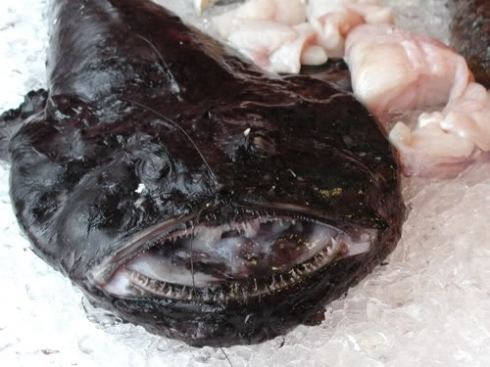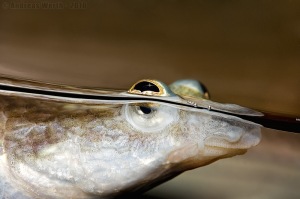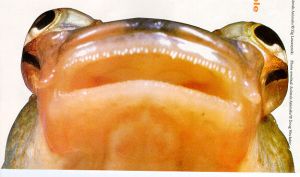Fans of the Hitchhiker’s Guide to the Galaxy will remember Slartibartfast, the planet architect who was very proud of his award-winning design for Norway. The fjords, he explained, were designed to give the continent a “baroque” feel. And a fjord is indeed a very splendid thing. A fjord, by definition, is a long and narrow inlet to the sea, flanked by very steep cliffs, and carved by glacial activity. (Or Slartibartfast.) While Norway coined the name “fjord,” they have no trademark on the geological flourish. You will find fjords anywhere there are mountains that meet the sea, and freezing temperatures to support glaciers, including the coast of Chile, New Zealand, and the Northwest coast of North America.

First Prize!
From time to time I like to take electronic expeditions to rare places on Earth, to see what I can find. Readers know I have a passion for fractals, and subscribe to something I call Fractal Earth Theory; the theory that the patterns of the planet are self-repeating ad infinitum. It was thinking about the true lengths of coastlines that led Mandelbrot to discover fractals in the first place; fjords make for rough edges in the world, wrinkling the land into a series of nooks and hidey-holes in which any manner of animal might live.
Today, we look for the unique wildlife of the fjords. I use a basic set of hypotheses as a compass:
1. Wherever life can exist, life will exist.
2. Where ever a habitat is geographically separated in any physical way, unique life will exist.
3. The more severely isolated a habitat is, the greater the number of unique species.
Fjords, however unique as geologic structures, are not very isolated: their cliffs connect with the mainland, and their inlets connect with the ocean. Their main aspects of geographic distinguishment are the steep angles of their cliffs, on which only certain wildflowers can grow, and the murky, silty, brackish water below. Fjords are often estuarine, with freshwater running as a river into their channels, which will certainly exclude many sensitive saltwater animals. The turbid, murky water is caused by violent tidal action, which in turn is caused by the water rushing over the lip of the terminal moraine left by the glacier at the fjord’s edge; this turbulence may also make the habitat even more exclusive, and more unique. But all in all, a fjord is not as isolated as a lake or an island, and we can’t expect a great number of unique species. But a few, sure. Some modifiers to the original compass:
4. The cold temperatures and low salinity will lead to a lower general biodiversity for animals, compared to a tropical habitat.
5. The cold water, with its high level of dissolved oxygen, will nonetheless support a high overall biomass.
6. The prediction of high aquatic biomass makes it more likely that any unique species are aquatic.
With these in mind, we set out to explore the nooks of the fjords, seeking life found nowhere else on Earth. And what we’ll find is a series of ecosystems among the most mysterious and little-known in science.

Continue reading





















